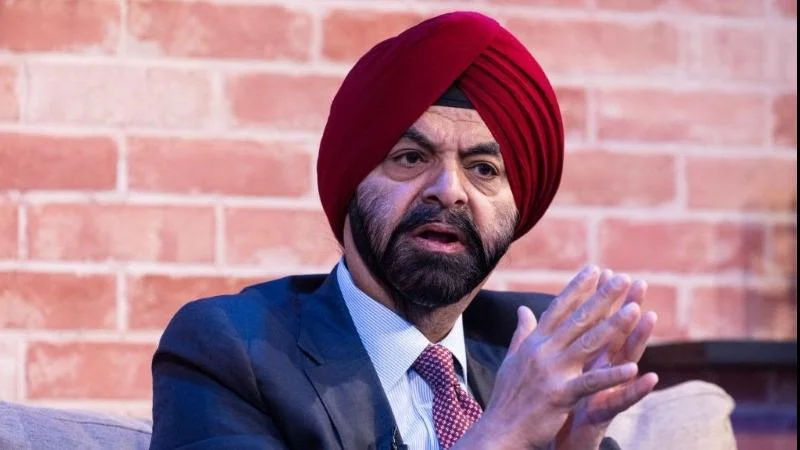Pakistan’s economy grew by 3.0 percent in the fiscal year ending June 2025, an increase from 2.6 percent the previous year, according to the World Bank’s latest Pakistan Development Update: Staying the Course for Growth and Jobs. The report notes that this growth was driven by a rebound in industrial activity and expansion in the services sector. However, growth is expected to remain at 3 percent for the fiscal year ending June 2026 due to recent floods affecting agriculture, with medium-term prospects depending on continued reforms and stability.
Fiscal tightening and monetary policy have contributed to lower inflation and supported both current account and primary fiscal surpluses despite challenging conditions globally and domestically. While industry and services benefited from improved confidence, agriculture lagged behind because of adverse weather and pest issues. The economic outlook remains cautious following significant flood damage to urban areas and agricultural land.
“Pakistan’s recent floods have imposed significant human costs and economic losses, dampening growth prospects, and adding pressure on macroeconomic stability,” said Bolormaa Amgaabazar, World Bank Country Director for Pakistan. “Staying the course on reforms and accelerating job creation is critical to maintaining growth along with strengthening social safety nets and infrastructure that protects the most vulnerable citizens, and that will help ensure sustainable development and economic resilience for all.”
The report projects real GDP growth at 3.0 percent in FY26, with an anticipated rise to 3.4 percent in FY27 if macroeconomic stability continues alongside key reforms. However, tight fiscal policies aimed at rebuilding financial buffers may limit further gains amid ongoing global uncertainty and vulnerability to natural disasters.
“Sustaining progress will require a balanced mix of revenue and expenditure measures to manage flood impacts while maintaining progress towards fiscal consolidation,” said Mukhtar Ul Hasan, lead author of the report. “Urgent implementation of priority fiscal reforms is essential, including broadening the tax base, strengthening tax administration, and reducing the presence of the state in the economy through state-owned enterprise divesture and rationalizing the public sector.”
A special chapter in the report highlights exports as crucial for long-term economic growth. It points out that Pakistan’s exports fell from 16 percent of GDP in the 1990s to about 10 percent by 2024. This decline has made growth reliant on debt financing and remittances rather than export earnings—contributing to recurring cycles of boom followed by downturns. The chapter identifies high tariffs, regulatory hurdles, expensive energy, and logistics as major constraints but acknowledges recent tariff reforms as a positive step toward greater openness.
“The government has placed export growth at the center of its development agenda and has made important strides in tackling policy and structural barriers, most recently through the approval of the National Tariff Policy, which will help lower costs for critical imported inputs,” said Anna Twum, co-author of the report. “However, tariff reforms alone will not suffice and must be complemented by broader measures to ensure a market-determined exchange rate, strengthen trade finance, enhance trade facilitation, and expand access to export markets.”
Pakistan has been part of the World Bank since 1950; since then it has received over $48 billion in assistance from this institution. Currently there are 54 active projects with total commitments reaching $15.7 billion.
Since 1956 IFC has invested around $13 billion across various sectors such as renewable energy projects or initiatives supporting financial inclusion or agribusiness among others.
For more details about future plans between Pakistan & World Bank see the Pakistan Country Partnership Framework (2026–35).

